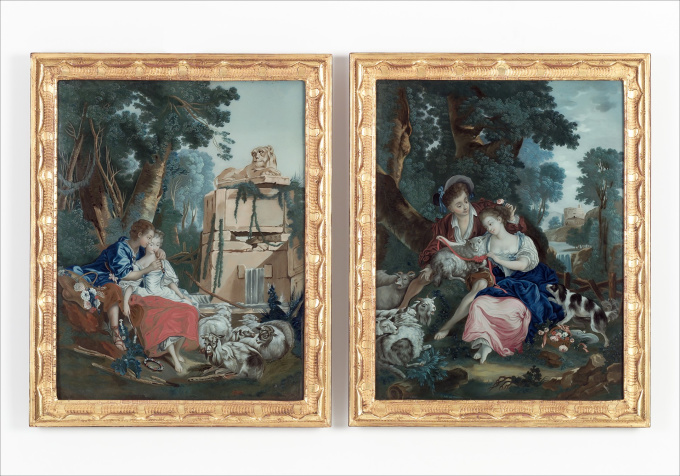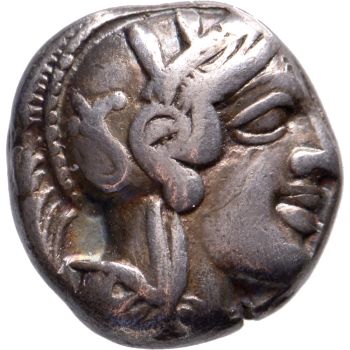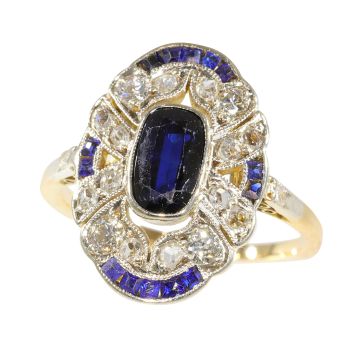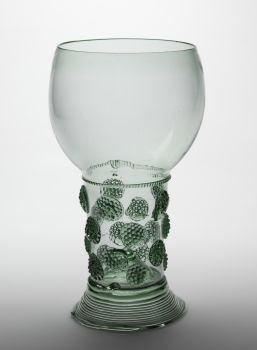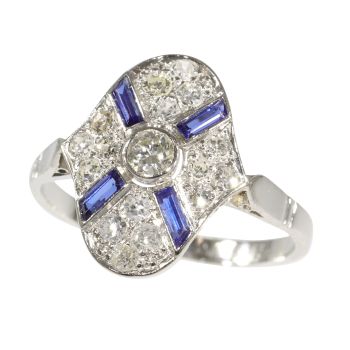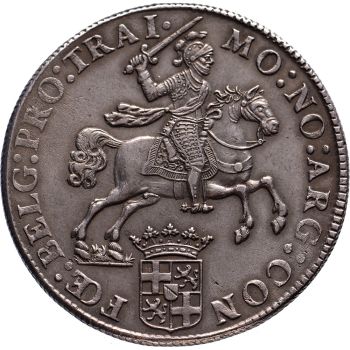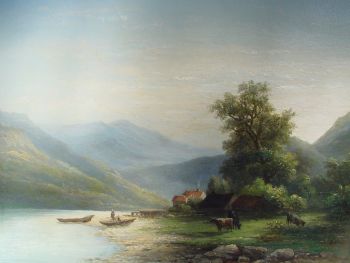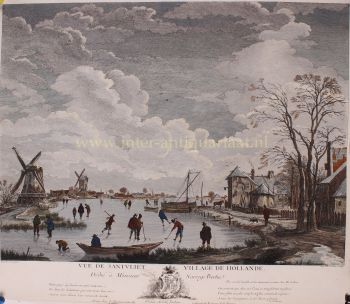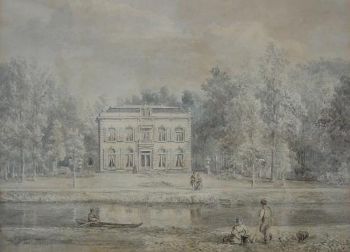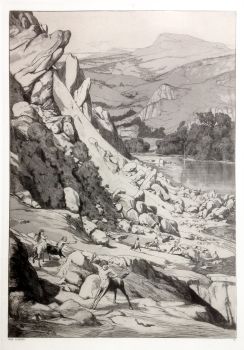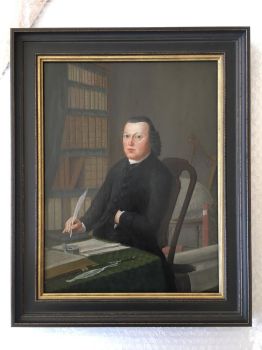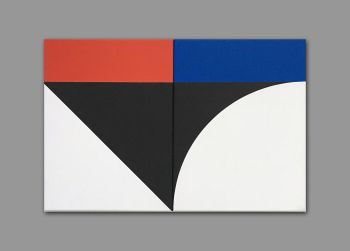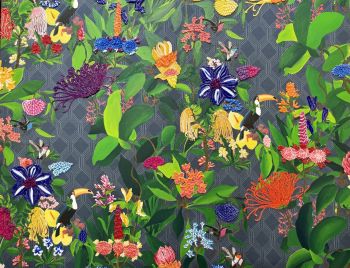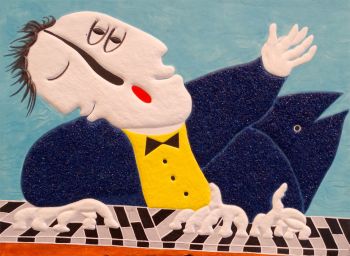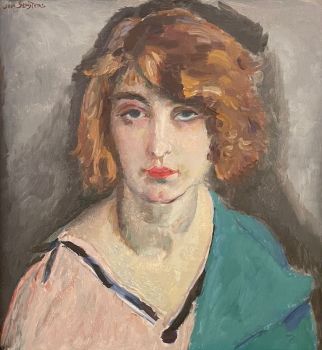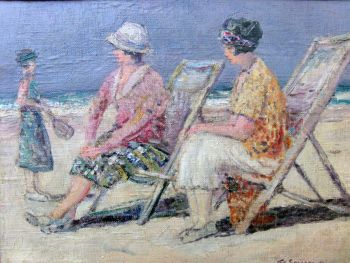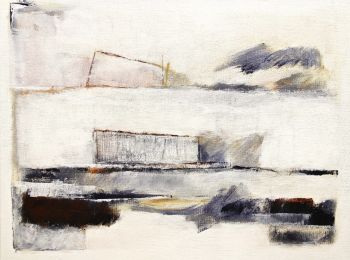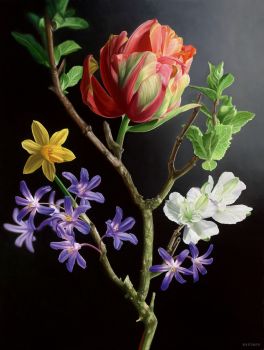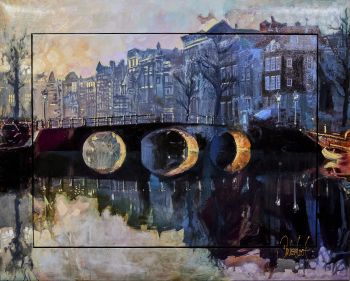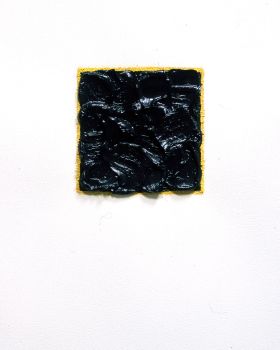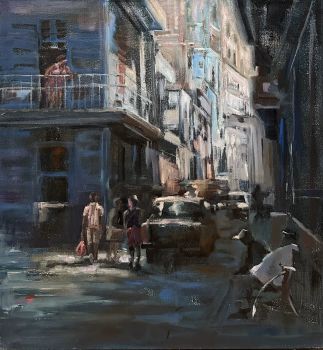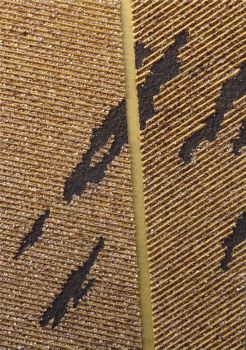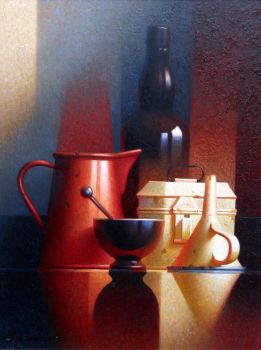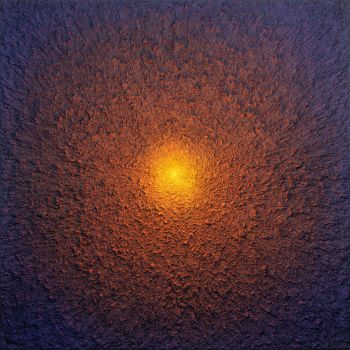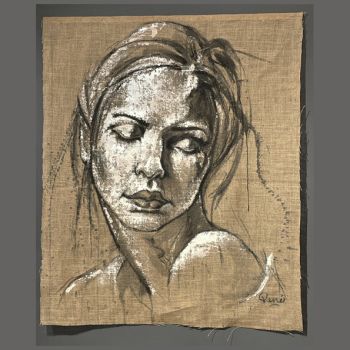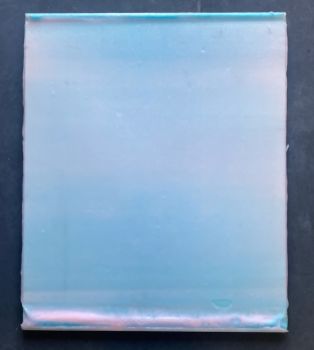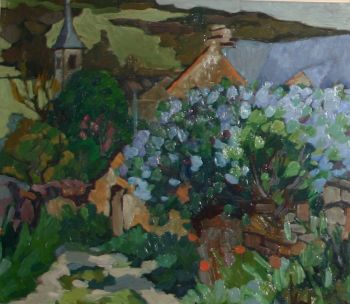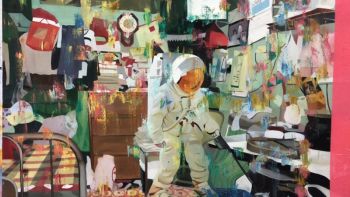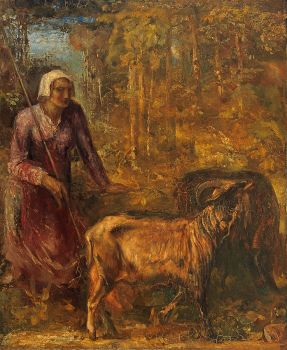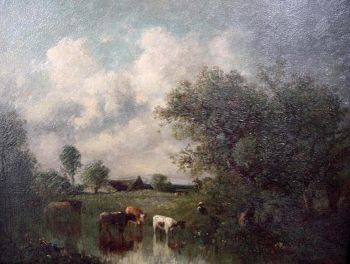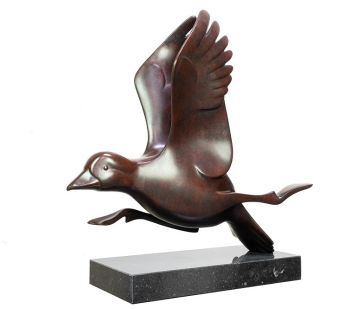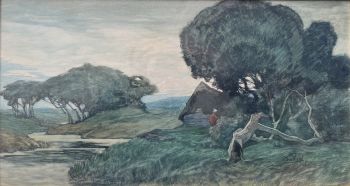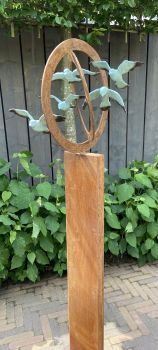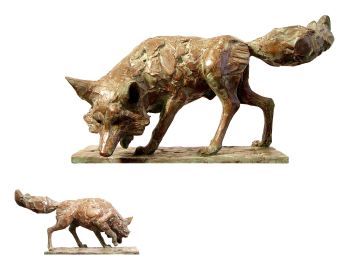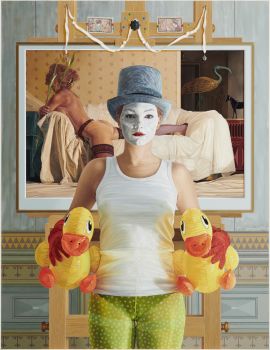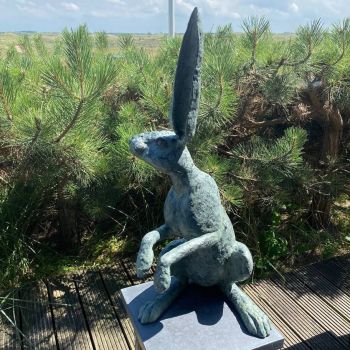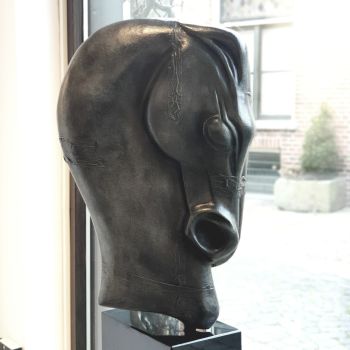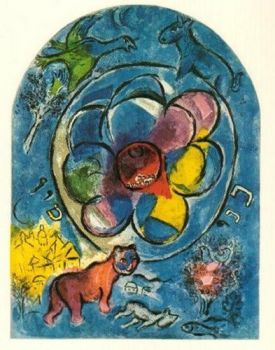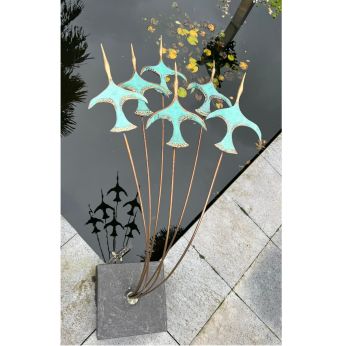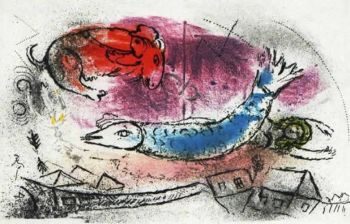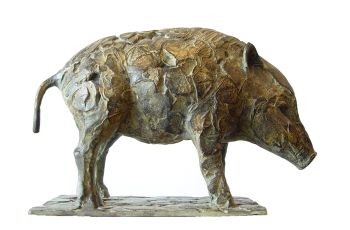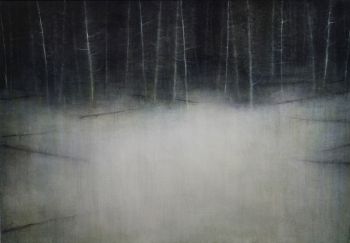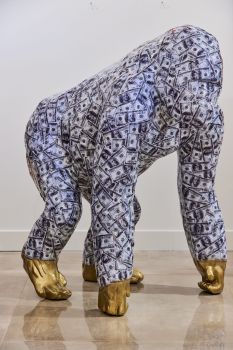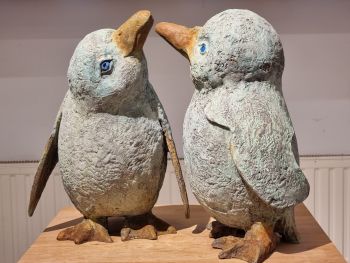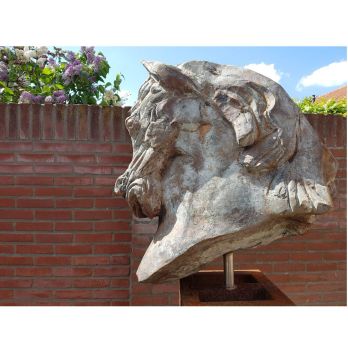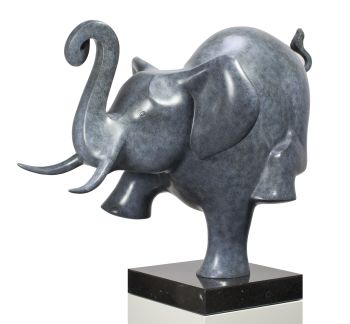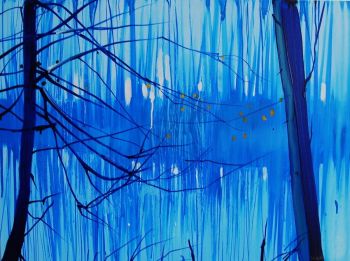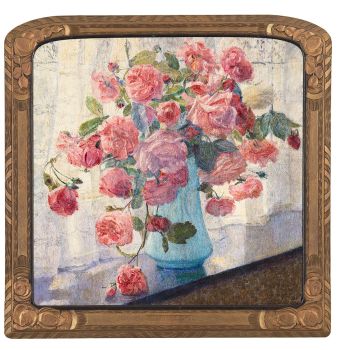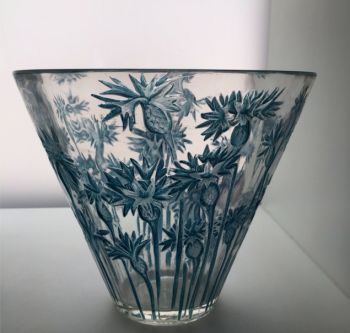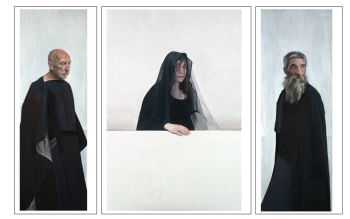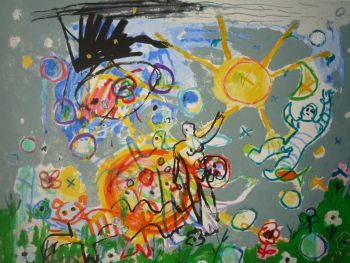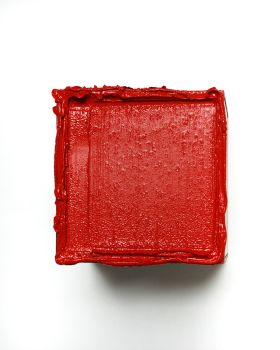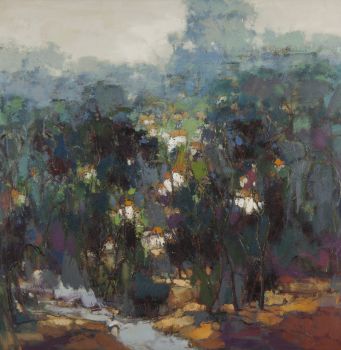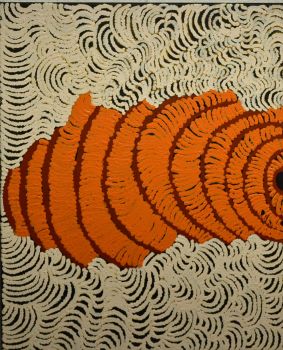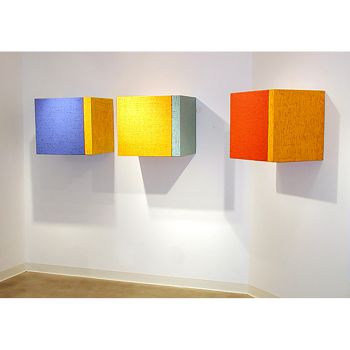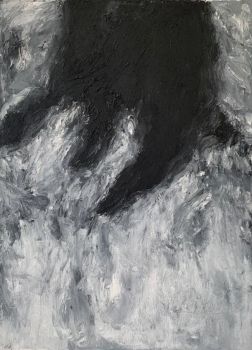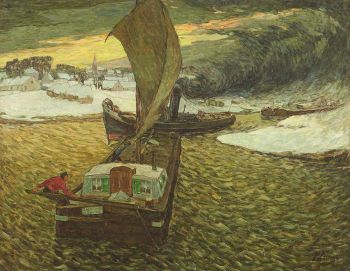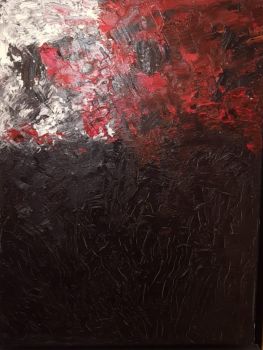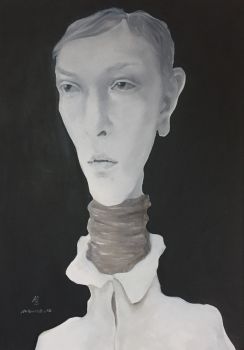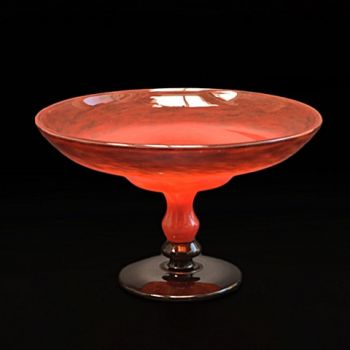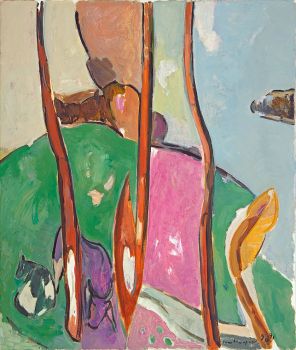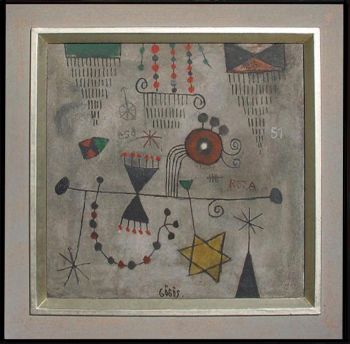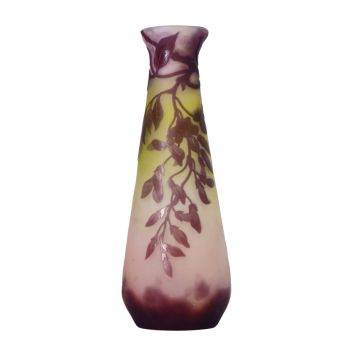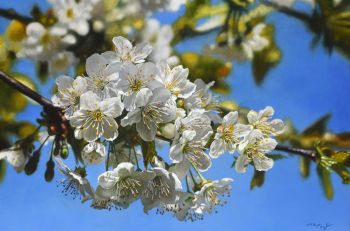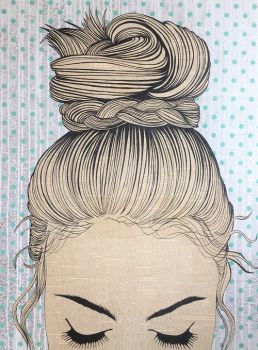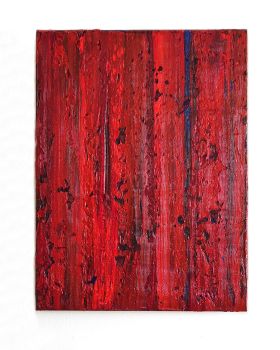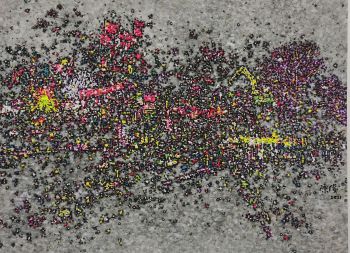Two Chinese Reverse Mirror Paintings, after paintings by François Boucher 1774 - 1776
Artiste Inconnu
VerreMiroirPeindre
52 ⨯ 41 cm
ConditionExcellent
Actuellement indisponible via Gallerease
- Sur l'oeuvre d'artReverse mirror paintings are very difficult to manufacture, because the image has to be applied in an unusual order. The details in the foreground are painted first and the background is added as the last step. Many of these reverse mirror paintings were made after illustrations and engravings of Boucher.
L’Agréable Leçon (the entertaining lesson)
In a landscape of trees and a picturesque fountain we see a pair of herds. Snugged up to the boy, the girl plays on his oat. Her favorite sheep is tied to a ribbon that she holds and some more sheep lie at her feet. The scene is completed with a flower basket.
The original is an oval shaped painting of Boucher of 1748 that was presented at the Paris Salon of the same year with exhibit number 19: ‘Un tableau ovale représentant un berger, qui montre à jouer de la flûte a sa bergère’. (an oval scene representing a shepherd who learns his shepherdess to play the flute).
On the Salon of 1750 it was part of item 24: ‘Quatre pastorale de forme ovale […] et la quatrième un berger qui montre à jouer de la flûte à sa bergère sous le même numéro.’
R. Gaillard made a rectangular engraving of the painting, dedicated to the count de Coigny, and gave it the title ‘L’Agréable Leçon’.
In 1752 this pastoral scene was shaped into a sculpture by an anonymous modelmaker from Sèvres under the title ‘le Flûteur’.
Le Mouton Favori
In a landscape with woods and a ruin in the background a pair of shepherds is sitting. The boy has a sheep on his lap and holds a rose over the girl’s head. The girl is ties a ribbon round the neck of a sheep. In the foreground some sheep are lying by the shepherds feet. On the right a basket with flowers and a dog.
The original of this painting has disappeared, but a rectangular engraving by R. Gaillard titled ‘Le Mouton Favori’ remained. - Sur l'artiste
Il peut arriver qu'un artiste ou un créateur soit inconnu.
Certaines œuvres ne doivent pas être déterminées par qui elles sont faites ou elles sont faites par (un groupe d') artisans. Les exemples sont des statues de l'Antiquité, des meubles, des miroirs ou des signatures qui ne sont pas claires ou lisibles, mais aussi certaines œuvres ne sont pas signées du tout.
Vous pouvez également trouver la description suivante :
•"Attribué à …." A leur avis probablement une oeuvre de l'artiste, au moins en partie
•« Atelier de …. ou « Atelier de » À leur avis, une œuvre exécutée dans l'atelier ou l'atelier de l'artiste, éventuellement sous sa direction
•« Cercle de… ». A leur avis une oeuvre de la période de l'artiste témoignant de son influence, étroitement associée à l'artiste mais pas forcément son élève
•« Style de … ». ou "Suiveur de ...." Selon eux, une œuvre exécutée dans le style de l'artiste mais pas nécessairement par un élève ; peut être contemporain ou presque contemporain
•« Manière de… ». A leur avis une oeuvre dans le style de l'artiste mais d'une date plus tardive
•"Après …." A leur avis une copie (quelle qu'en soit la date) d'une oeuvre de l'artiste
•« Signé… », « Daté… ». ou « Inscrit » À leur avis, l'œuvre a été signée/datée/inscrite par l'artiste. L'ajout d'un point d'interrogation indique un élément de doute
• "Avec signature ….", "Avec date ….", "Avec inscription …." ou "Porte signature/date/inscription" à leur avis la signature/date/inscription a été ajoutée par quelqu'un d'autre que l'artiste
Artwork details
Related artworks
- 1 - 4 / 12
Corstiaan Hendrikus de Swart
Mountain landscape with Lake1838 - 1900
Prix sur demandeKunsthandel Pygmalion
Artiste Inconnu
A pair of angels Antwerp, 17th century, Carrara marble17th century
Prix sur demandeFrederik Muller
Artiste Inconnu
A Surinam-themed Amsterdam long-case clock1746 - 1756
Prix sur demandeZebregs & Röell - Fine Art - Antiques
 Sélectionné par
Sélectionné parGallerease Magazine
Artiste Inconnu
Een Gotische zuidelijke Nederlanden wandklok1580 - 1590
Prix sur demandeNico van den Assem restauratie
1 - 4 / 24- 1 - 4 / 24
- 1 - 4 / 24
René Lalique
Un ancien vase 'Bluets' conçu par René Lalique (1860-1945)1910 - 1920
Prix sur demandeLennart Booij Fine Art and Rare Items
Frères Daum
Daum Nancy – “Paysage Soleil Couchant” vase with two applied handles1900 - 1910
Prix sur demandeAntiques Emporium
1 - 4 / 24

